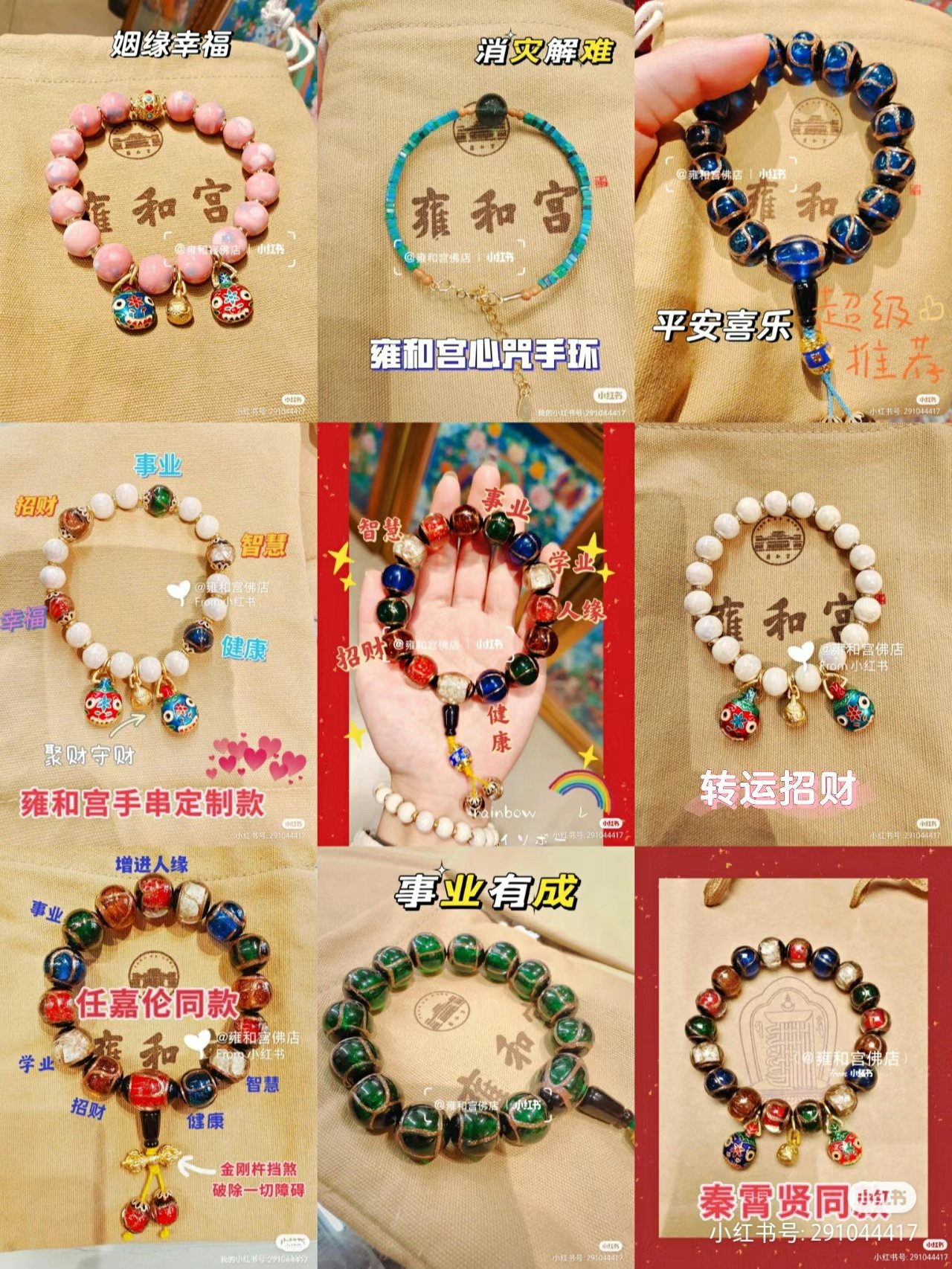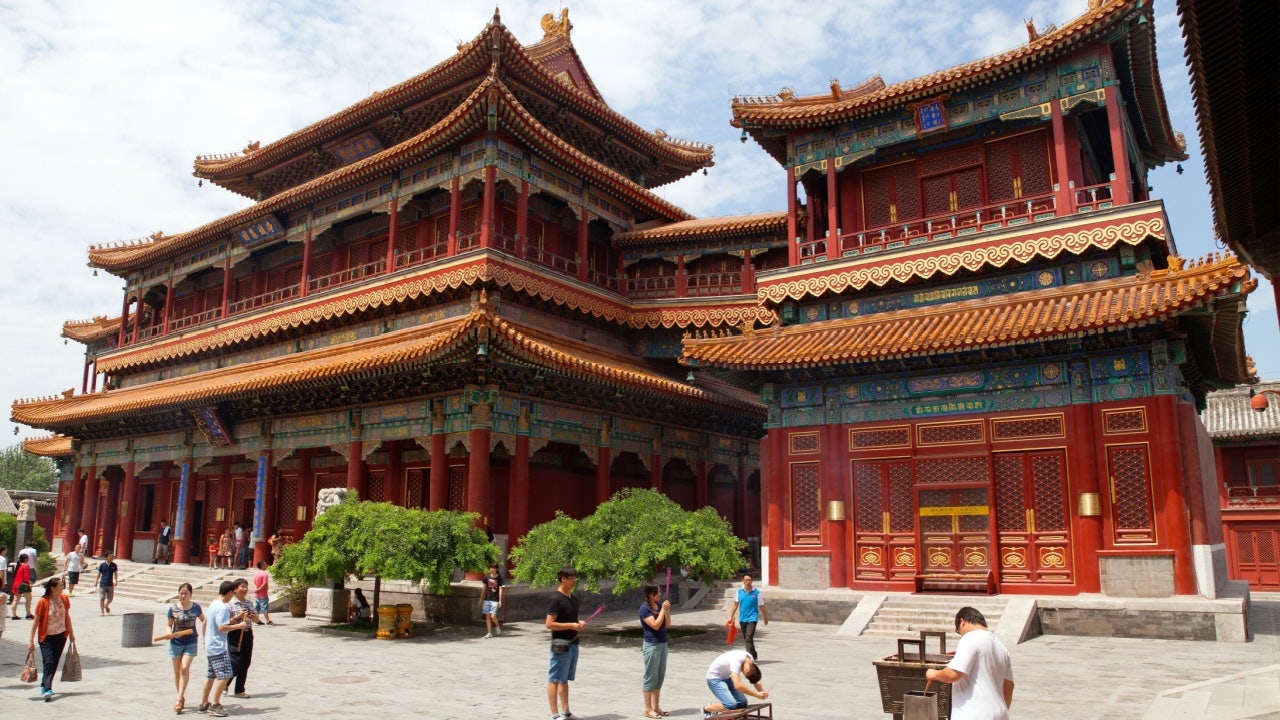What happened
China’s millennials and Gen Z are flocking to famous Buddhist temples across the nation this spring. Visits to temples have surged 310 percent since the beginning of 2023, compared to the same period last year, according to Chinese travel platform Ctrip. For instance, Beijing’s Yonghe Palace, a historic royal Buddhist temple, has been accommodating about 40,000 visitors per day since early March.
Other renowned temples in China, such as Hangzhou’s Lingyin Temple, have also experienced long queues outside their gates, often forming early in the morning. This contrasts sharply with the situation just a few years ago when temples like Yonghe Palace only became crowded during major holidays.
Notably, about 50 percent of temple visitors since February have been millennials or were from Gen Z. Aside from burning incense and praying, young visitors congregate at shops within the temples that sell blessed objects. The most viral items seem to be bead bracelets, which come in diverse colors and combinations that signify good fortune in different areas of life, such as wealth, career, and education.
In fact, Yonghe Palace’s bracelets are so popular, they have been described as one of Beijing’s “three specialties,” along with roast duck and desserts. Because they are only sold at the shops on weekdays, their resale value can run into the thousands of yuan, several times higher than their original prices. Over 30,000 posts including the keyword “Yonghe Palace bracelets” have been published on Xiaohongshu, many sharing tips on how to obtain a bracelet and fashion advice on which outfits match the bracelets the best.

The Jing Take
The rising popularity of temples among Chinese millennials and Gen-Zers demonstrates that the nation’s “spiritual economy” is booming.
Many young urban dwellers in China are turning to activities and consumption behaviors that help improve their mental well-being because of the immense pressures they face, which can lead to burnout.
Temples fit into this trend well as they offer spiritual support and have relatively tranquil environmental settings that are separated from bustling cities. Visiting temples is an affordable way for Chinese millennials and Gen-Zers to release stress and seek better luck. Those motivations are also at play in another trend prevalent among this demographic – purchasing lottery tickets.
Temples have recognized the emotional needs of young Chinese, and are catering to them. Thanks to their rich cultural resources, temples are able to come up with unique Guochao products and services. For instance, by limiting the sales channel and window, Yonghe Palace essentially markets its bracelets in a similar way to brands selling limited-edition fashion accessories, an approach that has spurred favorable discussion on popular social media platforms. Detailed descriptions of the beads and fashion recommendations have been attracting more aspiring purchasers.
Other initiatives include opening one-of-a-kind coffee shops and offering immersive, phygital experiences with the help of metaverse and AI technologies.
These commercial endeavors are not without controversy. On March 21, The Beijing News published an op-ed taking issue with the fact that young people are lining up in temples on weekdays. It argues that they can pray to deities, but should work harder at their jobs to realize their wishes.
The hashtag “Chinese media comments on young Chinese preferring visiting temples over attending classes” gained over 130 million views on Weibo, becoming the fifth most popular topic of the day. The high resale prices of temple bracelets could also spark an official backlash. State media have previously criticized so-called “Buddhist socialites” for flaunting their wealth at temples.
Nevertheless, consumers’ desire to visit temples shows no sign of abating. For fashion labels, the “temple craze” suggests that young Chinese consumers are willing to spend on activities and items that they perceive will help improve their mental well-being. This is corroborated by a recent study by Xiaohongshu, which found that 82 percent of its users cite "emotional value" as their second-most important consideration when making purchase decisions. It trailed product quality.
For brands, incorporating Chinese cultural elements that signify good fortune in designs or retail promotions can go a long way towards establishing emotional connections with younger consumers.
The Jing Take reports on a piece of the leading news and presents our editorial team’s analysis of the key implications for the luxury industry. In the recurring column, we analyze everything from product drops and mergers to heated debate sprouting on Chinese social media.

